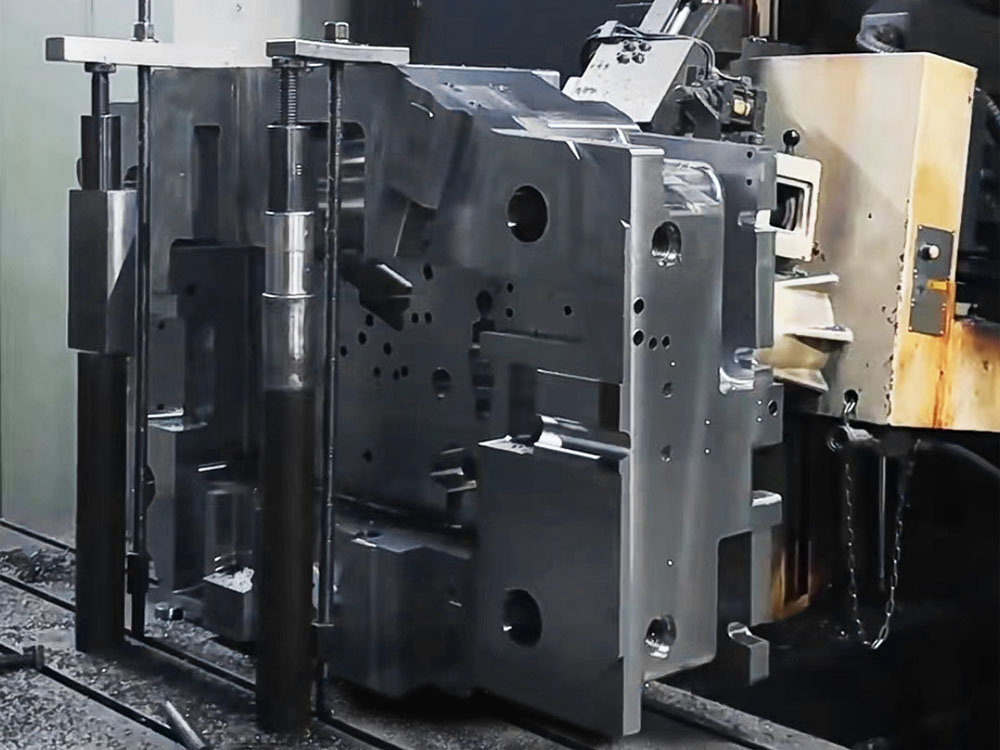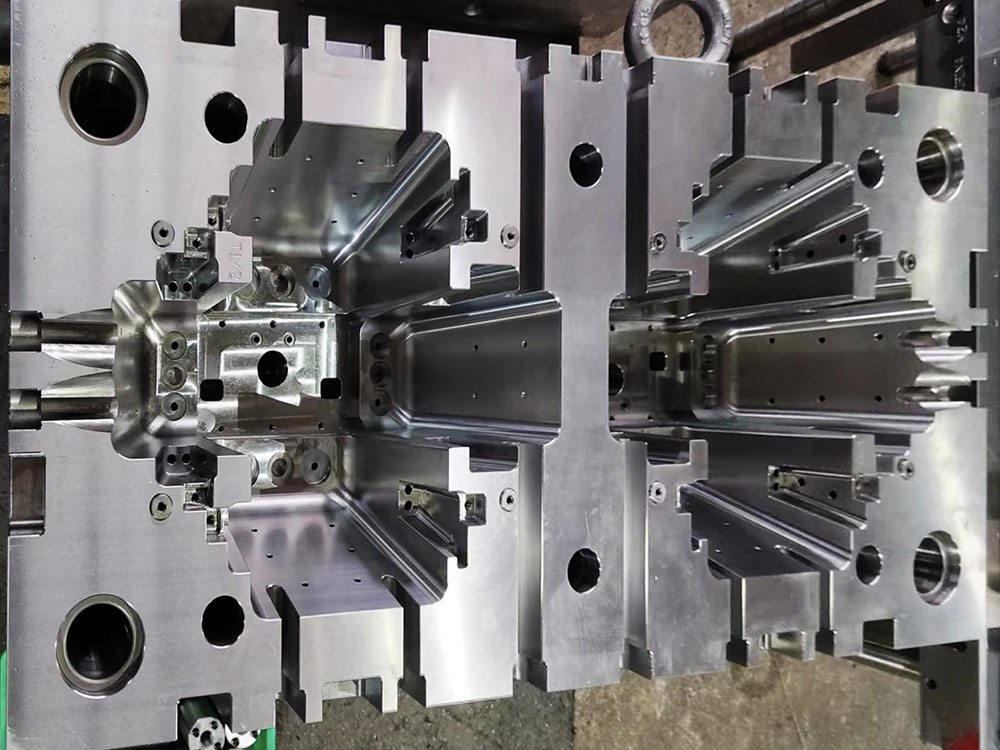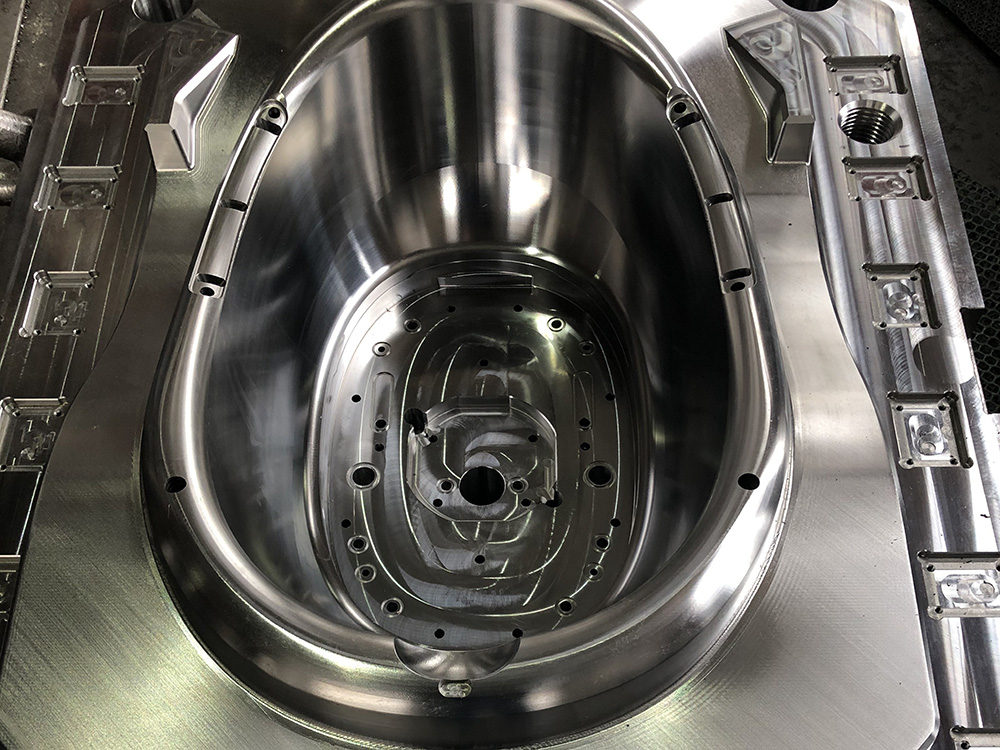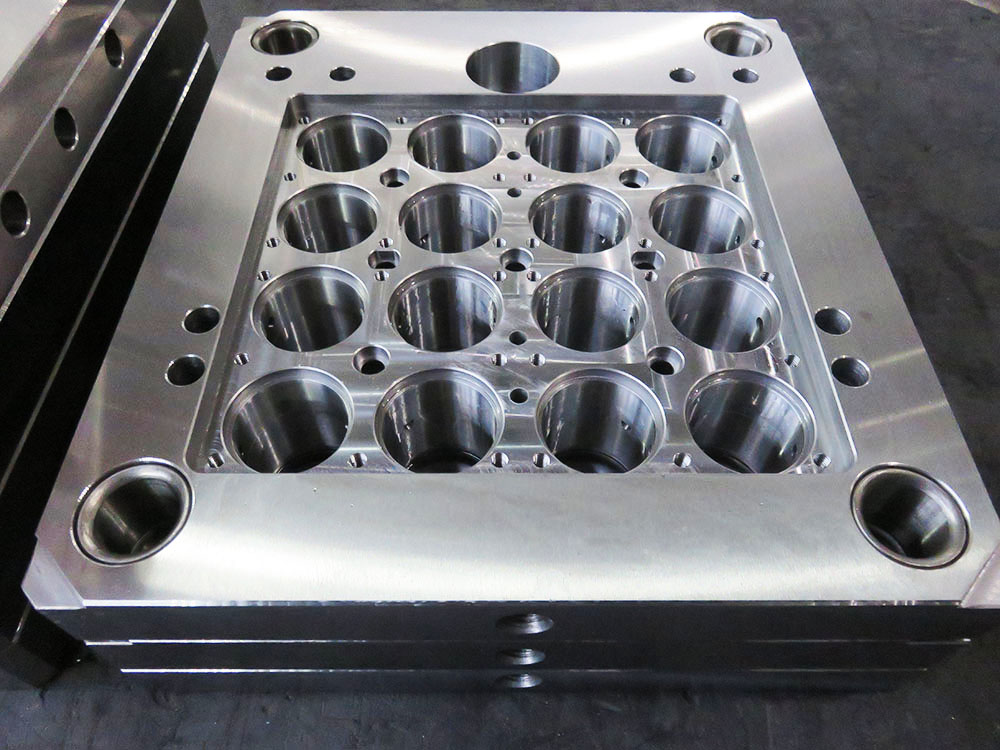Creating Visually Appealing Table Layouts for Model Selection in the Mold Base Industry
In the mold base industry, selecting the right model for a specific project is of utmost importance. To make informed decisions, professionals in this field need to analyze various parameters and compare different options. One effective way to present this information is through visually appealing table layouts. In this article, we will discuss the key steps to creating such layouts that are not only aesthetically pleasing but also informative and easy to understand.
Step 1: Determine the Key Parameters
Before designing the table layout, it is crucial to identify the key parameters that will be used for comparing and selecting mold base models. These parameters typically include dimensions, material composition, weight, price, and delivery time. By determining these parameters beforehand, you can ensure that the table provides comprehensive information to aid in the decision-making process.
Step 2: Organize the Table Structure
To create a visually appealing layout, it is essential to carefully organize the structure of the table. Start by establishing clear headers for each column, corresponding to the identified parameters. This helps viewers easily understand the information presented in the table. Additionally, consider using horizontal lines to separate rows and alternate the background color of rows to improve readability.
Step 3: Utilize Graphical Elements
To enhance the visual appeal of the table, consider integrating graphical elements. For instance, you can use icons or symbols to represent different material compositions or delivery times, making it easier for viewers to quickly interpret the information. Furthermore, you can incorporate graphs or charts alongside the table to provide a visual representation of the data, allowing for easier comparison between models.
Step 4: Choose an Appropriate Color Scheme
Color plays a crucial role in creating visually appealing table layouts. Select a color scheme that not only complements the brand or project, but also enhances readability and visual appeal. It is recommended to use a limited color palette to maintain a clean and professional appearance. Moreover, ensure that the colors used for text and background provide sufficient contrast to ensure legibility.
Step 5: Consider Responsive Design
In today's digital age, it is important to create table layouts that are responsive across different devices and screen sizes. Ensure that the table design adapts well to mobile and tablet screens, allowing users to view and interact with the information comfortably. This involves optimizing font sizes, column widths, and overall table dimensions for better readability and usability.
Step 6: Regularly Update and Review
Lastly, it is crucial to regularly update and review the table layouts to ensure they remain accurate and relevant. As the industry continuously evolves, new models and parameters may emerge, requiring adjustments to the table. By conducting periodic reviews and updates, you can maintain the effectiveness and usefulness of the table layouts in the model selection process.
By following these steps, professionals in the mold base industry can create visually appealing table layouts for model selection. These layouts not only present the necessary information but also enhance the understanding and decision-making process. Remember to prioritize clarity, professionalism, and structure when designing the layouts to ensure they fulfill their purpose effectively.




